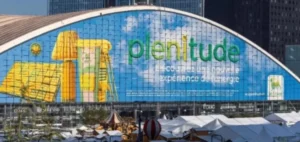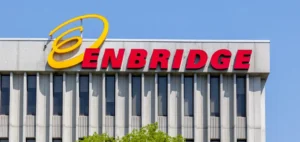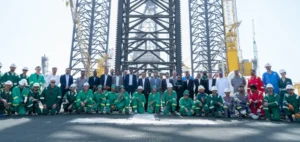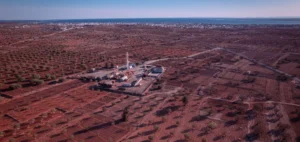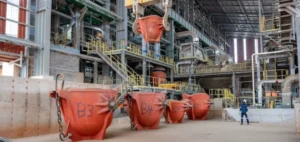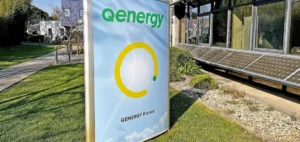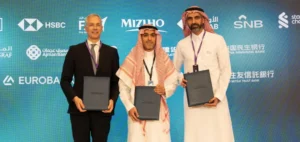Vattenfall recorded an underlying operating profit of SEK21.47mn ($1.91mn) for the first nine months of 2025, compared to SEK16.14mn ($1.43mn) for the same period last year. This increase is mainly due to improved price hedging activities on the continent, a recovery in electricity trading, and a stronger contribution from nuclear generation. However, total operating profit declined to SEK17.82mn ($1.59mn), from SEK33.83mn ($3.01mn) in 2024, due to the absence of exceptional items.
Net income drops after a 2024 boosted by one-off gains
In 2024, Vattenfall benefited from a one-time effect of SEK19.5mn ($1.73mn), generated by project sales and revaluations of energy derivatives. Without these elements, net income reached SEK13.10mn ($1.16mn) in 2025, compared to SEK28.30mn ($2.52mn) a year earlier. Nevertheless, the group maintained growth in its recurring operations in a European energy market marked by high volatility.
The third quarter confirms this trend, with an underlying operating profit of SEK6.15mn ($548mn), up from SEK1.39mn ($124mn) a year earlier. Net income reached SEK2.27mn ($202mn), slightly higher than SEK2.05mn ($180mn) in 2024. The group noted the resilience of its operations in a context of tariff realignment and optimised positions on wholesale markets.
Nuclear strategy reinforced and wind projects adapted
As part of its long-term strategy, Vattenfall selected two suppliers for the development of Small Modular Reactors (SMR) aimed at strengthening its generation base in Sweden. The group sees this move as a response to structurally rising electricity demand, complementing intermittent sources.
In parallel, Vattenfall adjusted the development plan of the Zeevonk offshore project in the Netherlands, now structured in two phases to align with evolving hydrogen demand. This shift reflects the company’s focus on maintaining investment profitability in a rapidly changing energy environment.
Critical infrastructure and asset diversification
A final investment decision was taken for the Clashindarroch II onshore wind farm in the United Kingdom. In Germany, the commissioning of the country’s largest combined solar-agricultural power plant, located in Tützpatz, marks a functional diversification of generation assets.
In Sweden, Vattenfall secured a concession for a high-voltage transmission line in Luleå, in the country’s north. The project aims to support the expected rise in electricity consumption in industrial, mining and residential sectors. These strategic investments reinforce the group’s position in growth markets while consolidating grid infrastructure capacity.













